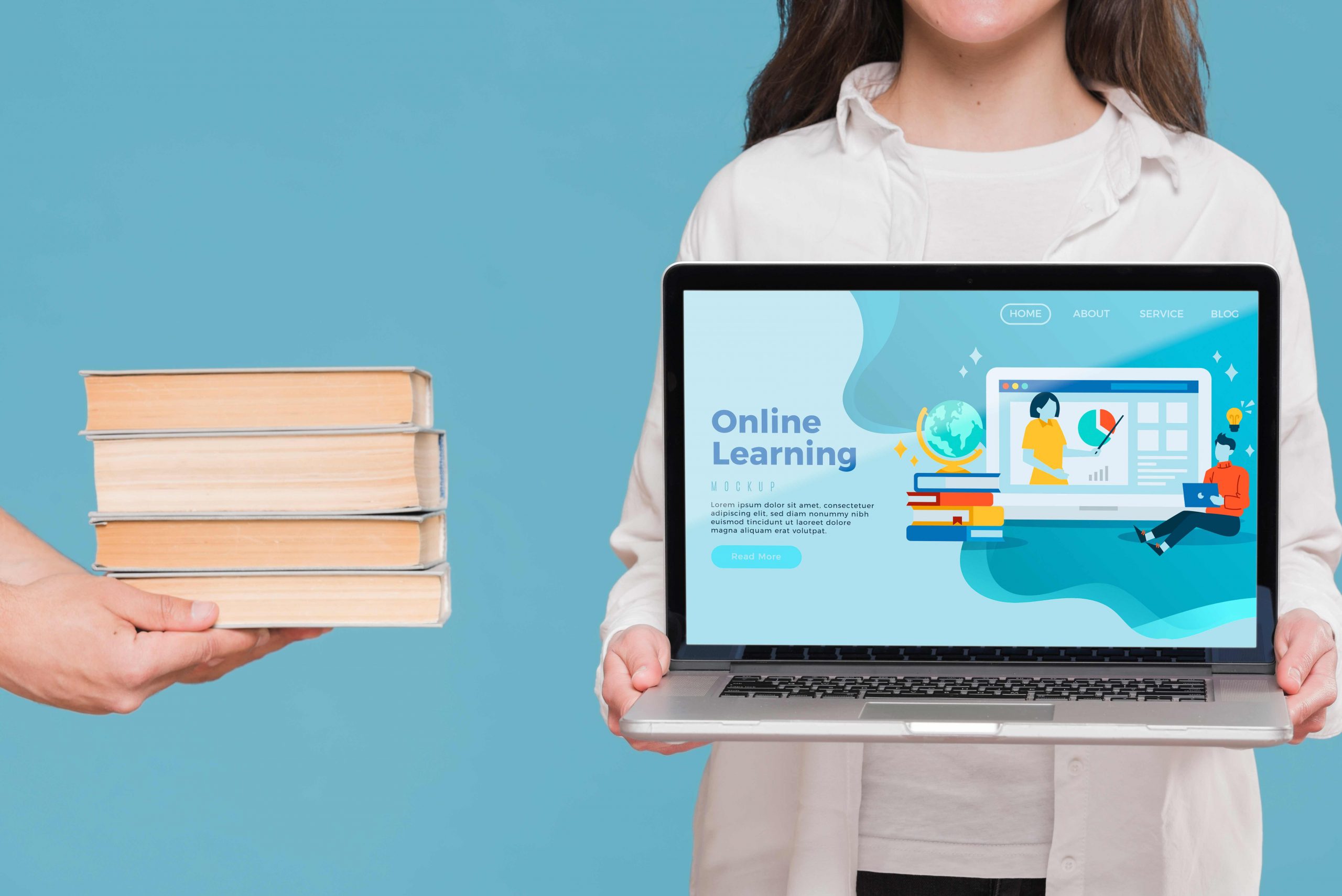
Montessori, Play group and high school teachers regularly were searching the best way to put into practice digital resources in their classrooms.
Most of the teachers, students and parents were confused between Online Learning and Distance Learning.
While both of these teaching methods engage students learning on computers or electronic devices, there are some differences between them.
In this article, we’ll clarify your query about online and distance learning, including as below:
What are the difference between online learning and distance learning?
Online learning and distance learning are requiring similar online learning tools, but there the similarity ends.
In general there are 3 most important differences between online and distance learning:
Location | Interaction | Intention
Differences in Location
Location is difference between online learning and distance learning classes.
With Online learning (it’s called as e-Learning), students in the classroom with an instructor while teaching through their digital lessons and assessments.
In distance learning, students study online at home while the teacher assents verify in digitally.
Differences in Interaction
Because of the differences in location, the interaction between teachers and students differs as well.
Online learning will involve in-person interaction between teachers and your students on a regular basis. Online learning is used as a combined learning technique along with other teaching strategies.
Distance learning; no person interaction between teachers and students. However, you will connect on digital platforms of communication such as messaging apps, video calls, discussion forms, i.e. Zoom, Google meet, WhatsApp, Messanger etc,
Differences in Intention
The last difference between online and distance learning is the intention of the teaching policy.
Online learning is designed to be used in grouping with a diversity of other self teaching methods. It’s an enhancement way of addition things up in classroom to provide a diversity of learning opportunities for your students.
Distance learning is a way for delivering instruction exclusively online, not as a difference in your teaching method.
Now you can recognize the differences between online and distance learning, let’s move onto the advantages of each one.
Online learning (e-Learning) and distance learning are both feasible and effective teaching strategies.
Advantages of Online Learning
Here I discuss three key benefits of Online learning in the classroom.
Online learning is an outstanding way to raise student engagement when used as part of a combined learning method.
Combined learning involves using a variety of instructional resources and teaching methods in order to deliver content in multiple ways.
Second, with online learning tools makes it easier for you to differentiate your instruction.
When using tools like digital syllabus, you will have more flexibility and control for differentiating your lessons; without having to put any extra time.
Finally, when you enroll online learning you’ll find that it saves you time with planning.
That’s because many digital syllabus tools do the heavy lifting for you by providing ready-to-use lesson plans, instructional materials with assessments.

Advantages of Distance Learning
Distance learning has its own unique advantage compared to online learning.
First, distance learning can continue without disruption even in any pandemic period like the COVID-19.
Because you were already teaching distantly, these types of disturbances don’t affect your classes and in the same way as traditional classes.
Distance learning provides superior flexibility for students who work at their own pace and analysis work as needed. It is also important for those students who may have irregular work schedules.
Now that you know the advantages or benefits of online and distance learning, it’s time to dive into the downsides.
Downsides of Online and Distance Learning
With any educational plan, online and distance learning each have their faults.
In fact, many of the downside are similar due to the fact that online and distance learning both rely on internet, digital resources.
Challenges in Online Learning
There are main challenges that can take place when using online learning or e-learning.
To start, online learning relies on your students having access of Internet and technology in school on a regular basis.
If students don’t have regular access to internet and computers or other devices during schools and colleges, it will be tough to truly put into practice online learning. And in Nepal most of the government schools and colleges doesn’t have access of internet and technology.
Online learning gets up many concerns about screen time in the classroom.
If you try to use online learning start-to-finish in your daily classes, this will definitely cause problems with increased screen time.
One of the main challenges that can occur with online learning is that students may cheat when using digital tools. Cheating is a major problem in schools and students often take advantage of using technology to make cheating easier.
Challenges in Distance Learning
When using distance learning, there are some challenges to be aware of.
First, it’s not practicable to use distance learning if students or users don’t have access to devices or the Internet at home.
Distance learning fully relies on students or users learning from computers or tablets. So, if you have students or users that can’t connect in that way, distance learning will be off the table.
Distance learning makes it complex to keep tabs on whether users or students are actually learning. Distance learning can make cheating even easier than online learning.
Now that we’ve discussed about the disadvantages or challenges of online and distance learning; which one is the best for you?
No matter which teaching policy you choose, you’ll need a teaching resource to support your decision.
Due to COVID-19 pandemic; Nepali education sector practices online classes for the students.




